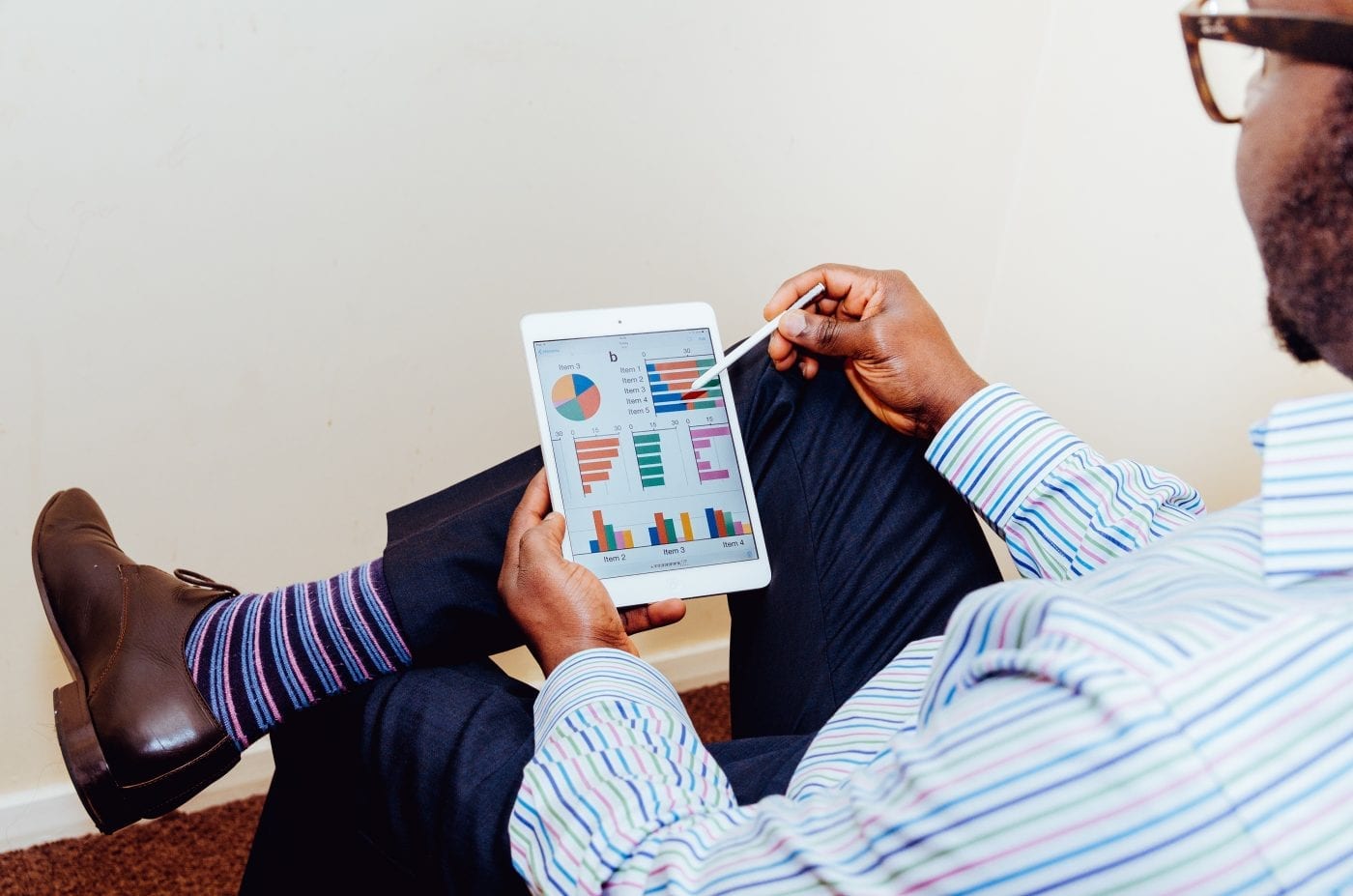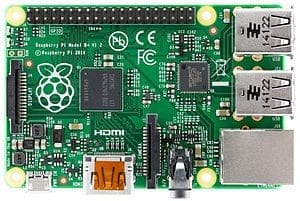On Episode 2 of The Edge of Innovation, we’re talking about cryptocurrency. We have to translate currencies because banks assign them value. But for cryptocurrency, you could say “I want to buy a bitcoin.” Well what’s it worth?

Hacking the Future of Business!

On Episode 2 of The Edge of Innovation, we’re talking about cryptocurrency. We have to translate currencies because banks assign them value. But for cryptocurrency, you could say “I want to buy a bitcoin.” Well what’s it worth?
The Raspberry Pi is a versatile (and affordable) computing machine – its uses are nearly limitless!
The great people over at RSComponents have made a video demonstrating some of these ideas. Check it out here – I’m a big fan of the home lighting system a dad is building to help his disabled daughter:
Brought to you by RS Components
Have you ever had a great Raspberry Pi idea? Leave us your thoughts in the comments!
On this week’s podcast we talk about Raspberry Pi: what it is technically and the opportunities it presents.
What is Raspberry Pi? It is basically a small computer about the size of a credit card that has USB ports, memory, a CPU, and a video card. So, with adding a power supply to it and a little bit of software you could do just about anything you want.
What is the value in using this? The number of things that have been created using Raspberry Pi is incredible and there’s a huge opportunity from the business point of view to commercialize or productize to the point where a normal person, as I like to call them, not a nerd can go out and buy something on a shelf, plug it in, and have it work.
As we look at the value, an innovator may recognize that there’s a gap here and an opportunity. But there’s not a lot of distance from where we are right now to it being a common place thing. The ability to bridge that gap using this technology is what will enable inventors to hack the future.

On Episode 1 of The Edge of Innovation, we’re talking about RasberyPi, Elegant web design and Google Analytics. The Edge of Innovation is produced in partnership with SaviorLabs.

We recently had an issue where we needed to edit a bunch of ProShow shows that we had on a local server. However when we tried to load the shows we were greeted with an error that the show assets could not be loaded. A quick call to the phenomenal tech support that Photodex provide confirmed our fears: ProShow does not work with assets on a network server.
The workaround was to copy the entire show locally. That worked, albeit a more than a little bit of a pain but workable.
So we let it ride and worked that way for a few weeks. Until it occurred to me maybe a mapped drive would work. Mapped drives are a throwback to DOS which basically sets a drive letter to access a network share.
Heck, try it… I mapped the network path to the drive letter J: and it worked. Cool.
Now we can open ProShows located on our server. Nice.